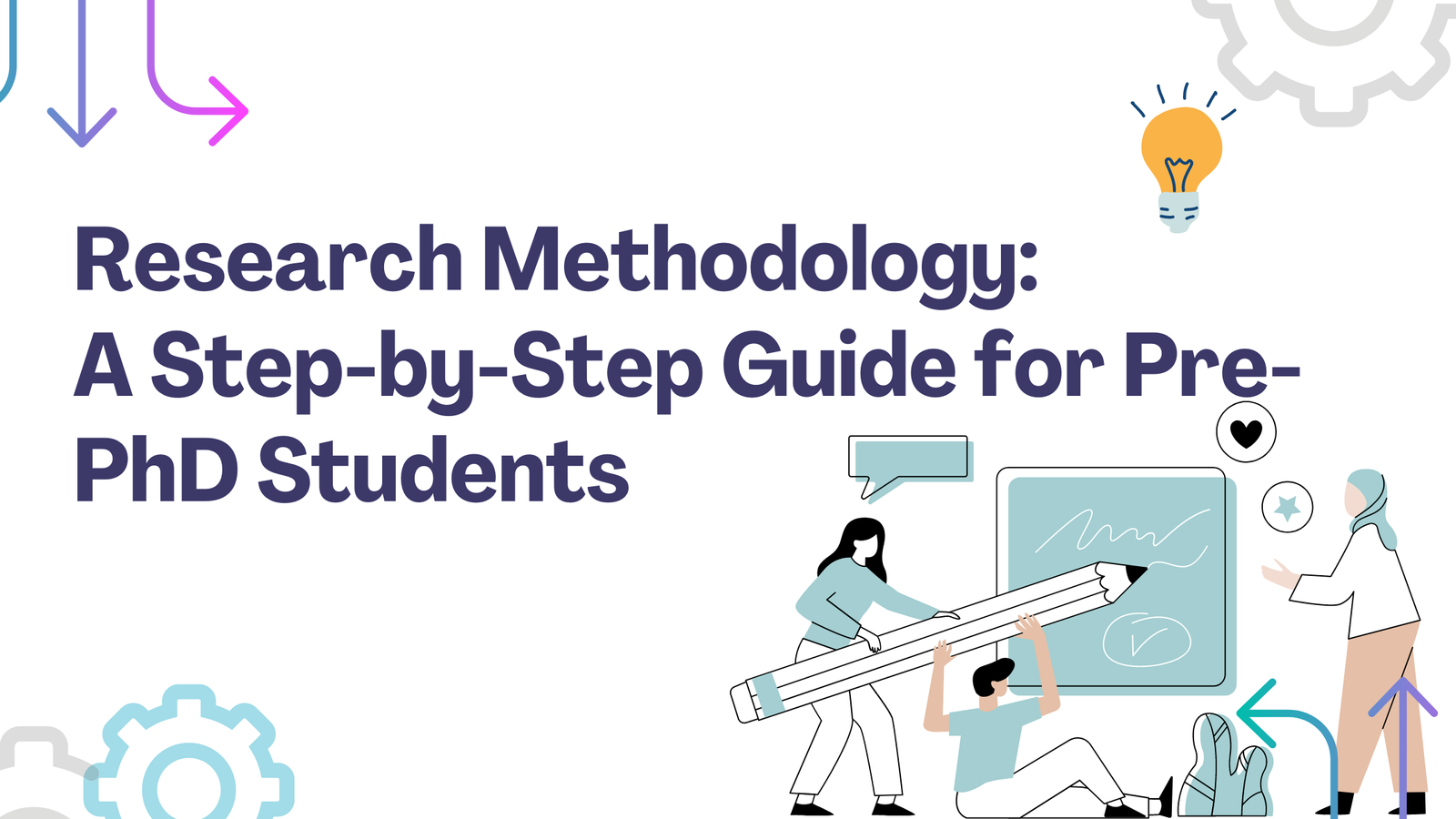Data Preprocessing
Data Preprocessing for Machine Learning and Deep Learning
Data preprocessing is a critical step in the machine learning (ML) and deep learning (DL) pipelines. It involves transforming raw data into a clean and usable format that can be effectively fed into algorithms for training. This step ensures the quality of the input data, which directly impacts the performance of the model. In this essay, we will delve into the concepts, techniques, and importance of data preprocessing, as well as its challenges and best practices.
1. Importance of Data Preprocessing
The phrase “garbage in, garbage out” aptly captures the importance of data preprocessing. If the input data contains noise, inconsistencies, or errors, even the most sophisticated ML/DL models will fail to perform optimally. Data preprocessing aims to:
-
Enhance Model Accuracy: Clean and well-preprocessed data enables algorithms to learn effectively, thereby improving model performance.
-
Reduce Training Time: Models trained on high-quality data converge faster, saving computational resources.
-
Mitigate Overfitting: Properly normalized and preprocessed data reduces the risk of overfitting by ensuring a balanced feature space.
2. Steps in Data Preprocessing
Data preprocessing encompasses several steps, each tailored to address specific data challenges. Let’s explore these steps in detail.
2.1 Data Collection
The first step involves gathering raw data from various sources, such as databases, APIs, web scraping, or sensors. Challenges during this phase include dealing with incomplete datasets, varying data formats, and unstructured data.
2.2 Data Cleaning
Raw data often contains noise, missing values, and inconsistencies. Cleaning aims to rectify these issues:
-
Handling Missing Data: Techniques include replacing missing values with mean, median, or mode, or using algorithms like k-Nearest Neighbors (k-NN) for imputation.
-
Removing Duplicates: Duplicate records are identified and removed to avoid redundancy.
-
Addressing Outliers: Outlier detection techniques such as z-scores or interquartile range (IQR) are used to identify and handle extreme values.
-
Noise Reduction: Techniques like moving averages or Fourier transforms can help filter noise in the data.
2.3 Data Transformation
This step involves converting data into a suitable format for analysis. Common techniques include:
-
Normalization and Standardization:
-
Normalization scales data to a [0,1] range, suitable for features with different units.
-
Standardization transforms data to have a mean of 0 and a standard deviation of 1, ensuring features follow a Gaussian distribution.
-
-
Logarithmic Transformations: Useful for compressing large range values or skewed distributions.
-
Encoding Categorical Data: Converting categorical variables into numerical form using techniques like one-hot encoding, label encoding, or ordinal encoding.
-
Feature Scaling: Scaling ensures all features contribute equally to the model.
2.4 Feature Selection and Extraction
Feature selection involves identifying the most relevant features to reduce dimensionality and improve model efficiency. Techniques include:
-
Filter Methods: Use statistical tests like correlation or chi-square to rank features.
-
Wrapper Methods: Employ search algorithms like recursive feature elimination (RFE) with a predictive model.
-
Embedded Methods: Feature selection occurs during model training (e.g., LASSO regression).
Feature extraction, on the other hand, creates new features from existing ones, often using methods like Principal Component Analysis (PCA) or autoencoders in deep learning.
2.5 Splitting the Dataset
To evaluate model performance, data is split into training, validation, and test sets. A common split ratio is 70:20:10. Stratified sampling ensures class distribution remains consistent across these splits.
2.6 Data Augmentation
In deep learning, especially for image and text data, data augmentation artificially increases dataset size and diversity. Examples include:
-
Image Augmentation: Techniques like rotation, flipping, zooming, or color jittering.
-
Text Augmentation: Synonym replacement, back translation, or noise injection.
3. Data Preprocessing for Specific Data Types
Different data types require tailored preprocessing methods:
3.1 Structured Data
Structured data is stored in tabular formats with rows and columns. Preprocessing includes handling missing values, encoding categorical variables, and normalizing features.
3.2 Text Data
Text data requires:
-
Tokenization: Splitting text into individual words or phrases.
-
Stop Word Removal: Removing common words that don’t contribute to meaning (e.g., "and," "the").
-
Stemming and Lemmatization: Reducing words to their base or root form.
-
Vectorization: Converting text into numerical format using Bag-of-Words, TF-IDF, or word embeddings like Word2Vec or GloVe.
3.3 Image Data
Image data preprocessing includes:
-
Resizing: Standardizing image dimensions.
-
Normalization: Scaling pixel values to a [0,1] range.
-
Edge Detection: Highlighting key features in images.
3.4 Time-Series Data
For time-series data, preprocessing involves:
-
Trend and Seasonality Removal: Decomposing the series into trend, seasonality, and residuals.
-
Smoothing: Reducing noise using moving averages.
-
Lag Feature Creation: Introducing lag variables for predictive analysis.
4. Tools and Libraries for Data Preprocessing
Several tools and libraries simplify the preprocessing task:
-
Pandas: For structured data manipulation.
-
NumPy: For numerical operations.
-
Scikit-learn: For data scaling, encoding, and feature selection.
-
TensorFlow/Keras and PyTorch: For preprocessing image and text data.
-
OpenCV: For advanced image processing.
-
NLTK and spaCy: For text preprocessing.
5. Challenges in Data Preprocessing
Despite its importance, data preprocessing poses several challenges:
-
Handling Imbalanced Datasets: Techniques like oversampling (SMOTE) or undersampling can help address class imbalance.
-
Dealing with Large Datasets: Memory and computational constraints require efficient processing strategies.
-
Lack of Domain Knowledge: Misinterpreting data without domain expertise can lead to incorrect preprocessing steps.
6. Best Practices
To ensure effective preprocessing:
-
Understand the Data: Perform exploratory data analysis (EDA) to identify anomalies and relationships.
-
Automate Repetitive Tasks: Use tools like pipelines in Scikit-learn to automate preprocessing workflows.
-
Document Changes: Maintain a log of all preprocessing steps for reproducibility.
-
Iterate and Validate: Continuously refine preprocessing steps based on model performance.
7. The Role of Data Preprocessing in Deep Learning
Deep learning models, especially neural networks, are sensitive to input data quality. While deep models are capable of feature extraction, proper preprocessing remains crucial. Techniques like batch normalization, data augmentation, and embedding representations ensure optimal model training.
8. Future Trends in Data Preprocessing
-
Automated Data Preprocessing: AutoML tools are increasingly incorporating automated preprocessing.
-
Synthetic Data Generation: Tools for creating high-quality synthetic datasets to address data scarcity.
-
Real-time Preprocessing: As real-time applications grow, preprocessing pipelines must adapt to streaming data.
Data preprocessing is the backbone of successful machine learning and deep learning applications. It not only ensures the quality of the input data but also enhances model performance and reliability. While challenges exist, understanding and leveraging preprocessing techniques tailored to specific data types and use cases can significantly improve outcomes. As the field evolves, automated and intelligent preprocessing methods will continue to empower data scientists and engineers to build more robust and efficient models.
Latest Posts

Difference between Qualitative and Quantitative Research with Example
Research methodologies can be broadly categorized into qualitative and quantitative approaches. This article explores these differences using an example, including the use of statistics.

What is Qualitative Research Methodology, Methods and Steps
This comprehensive guide delves into the key aspects of qualitative research methodologies, supported by an example and insights into the qualitative research process.

Prim's Algorithm: Understanding Minimum Spanning Trees
Prim's Algorithm is a greedy algorithm used to find the Minimum Spanning Tree (MST) of a weighted, undirected graph.

Huffman Coding Algorithm Tutorial
Huffman Coding is a widely used algorithm for lossless data compression. It assigns variable-length codes to input characters, with shorter codes assigned to more frequent characters.

A step by step approach to learn Greedy Algorithm - Data Structure and Algorithms
A greedy algorithm is an approach for solving problems by making a sequence of choices, each of which looks best at the moment.

How to write an APA-style research proposal for PhD Admission
Writing a research proposal in APA (American Psychological Association) style involves adhering to specific formatting guidelines and organizational structure.

25 steps for Writing a Research Proposal: From Doctoral Research Proposals to Grant Writing and Project Proposals
In this How to write a research proposal guide, we break down the process of writing a research proposal into 25 detailed sections.

Mastering Linear Regression: A Comprehensive Guide to Data Collection and Analysis for Predictive Modeling
This article provides a comprehensive guide to mastering linear regression, focusing on data collection and analysis.

Apple Unveils Groundbreaking AI Innovations at WWDC 2024: Introducing Apple Intelligence and Siri's ChatGPT Integration
Apple's WWDC 2024 introduces Apple Intelligence, revolutionizing AI integration with smarter Siri, ChatGPT capabilities, and innovative features across iOS, iPadOS, and MacOS for enhanced user experience.

Research Methodology: A Step-by-Step Guide for Pre-PhD Students
research is a journey of discovery, and each step you take brings you closer to finding answers to your research questions.